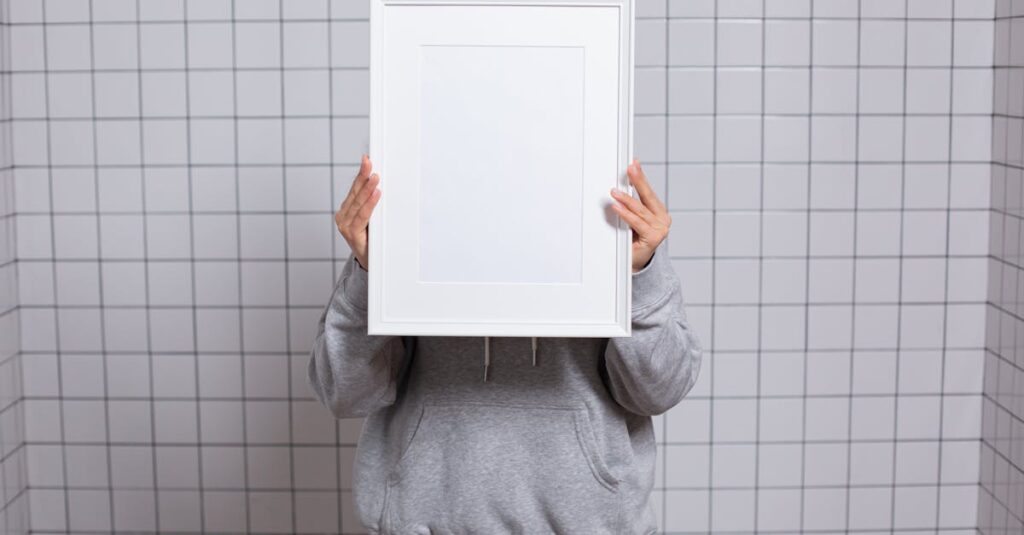Preparing Your Pet Before Baby Arrives
Introducing your pet to a new baby begins long before the baby comes home. Start by gradually adjusting your pet’s routine to match the upcoming changes. If your pet is used to being the center of attention, start creating new positive associations with baby items like strollers or cribs. Playing recordings of baby noises can help desensitize them to the new sounds. Consider obedience training for dogs or additional playtime for cats to manage their energy levels. Gradual adjustments can help mitigate stress for your furry friend, making the eventual introduction smoother for everyone involved.
Bringing Baby Home: First Impressions Matter
Bringing your baby home for the first time is a monumental moment and a critical time for your pet. Try having someone bring home your baby’s blanket or a piece of clothing beforehand, allowing your pet to familiarize themselves with the scent. On the big day, keep the initial introduction calm and brief. Hold your baby securely while someone else manages the pet. Let your pet sniff the baby at a safe distance, always keeping a close eye on both. Reward your pet with treats to create a positive association with the new family member.
Establishing Boundaries and Routines
Once your baby is home, it’s essential to set clear boundaries and establish new routines.
Designate pet-free zones such as the baby’s nursery to ensure a safe space. Maintain your pet’s routine as consistently as possible to provide a sense of normalcy.
Supervise all interactions between your pet and baby at all times. Creating specific times for pet attention can prevent feelings of neglect and help maintain a balanced household.
Striking this balance ensures both your pet and baby feel secure and loved.
Subscribe to our newsletter for more tips and advice on managing pets and babies together.
Common Emotional Challenges for Pets and Parents
Pets can experience emotional changes with the arrival of a baby, much like older siblings. Your pet may exhibit signs of jealousy or anxiety, such as whining or excessive licking. As a parent, it’s also natural to feel a mix of emotions, including guilt for not giving your pet enough attention. Communicate these feelings with your partner and plan for each other’s support. Don’t hesitate to seek advice from a vet or a pet behaviorist if needed. Avoiding sudden changes and being proactive can help ease this transitional phase for both pets and parents.
Encouraging Pet and Baby Bonding
Encouraging a bond between your pet and baby can foster a lifelong friendship full of love and loyalty. Gradually increase supervised interaction times where your pet can gently interact with your baby. Praise your pet for calm behavior around the baby, reinforcing positive engagement. Never force the interaction; let it develop naturally. Storytime sessions where your baby and pet can sit close but safely apart can also help build this bond. Encouraging this relationship thoughtfully can cultivate a harmonious home environment where both pet and baby flourish together.
Creating a safe and nurturing environment for your pet and baby to bond is crucial for their relationship to thrive. Remember, patience and positive reinforcement are key elements in building a strong connection between your furry friend and your little one.

